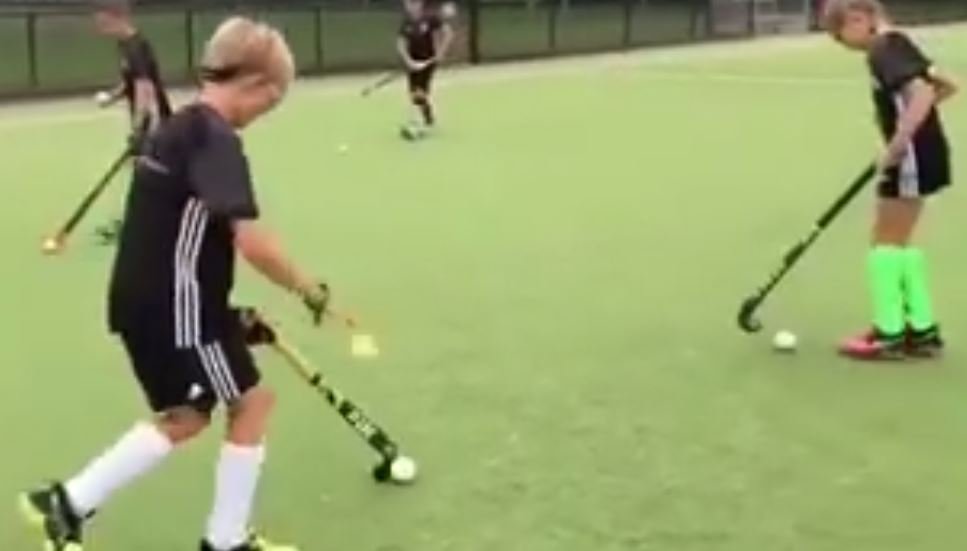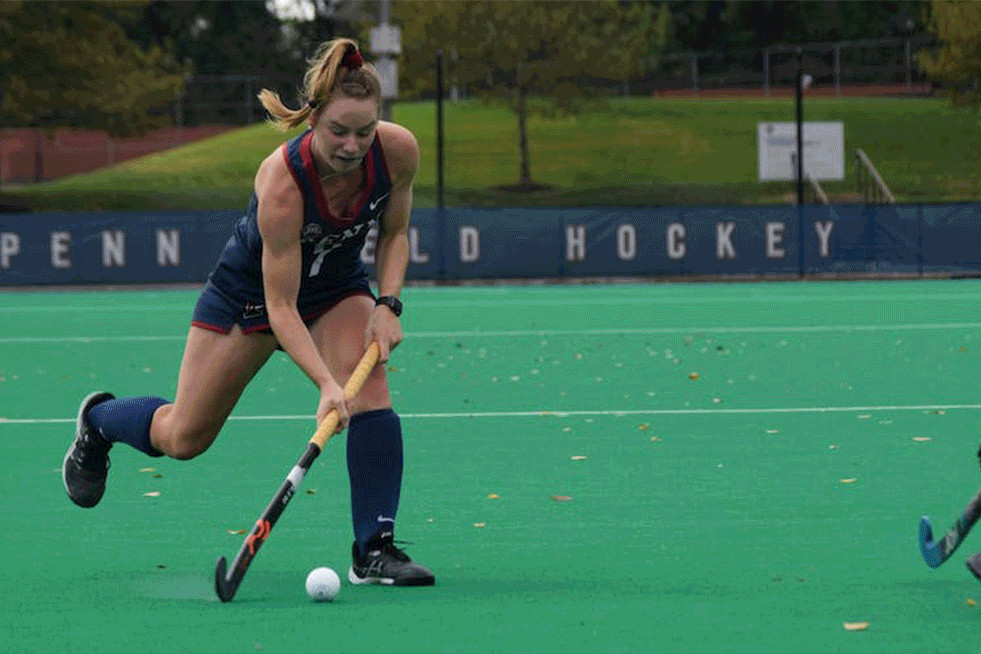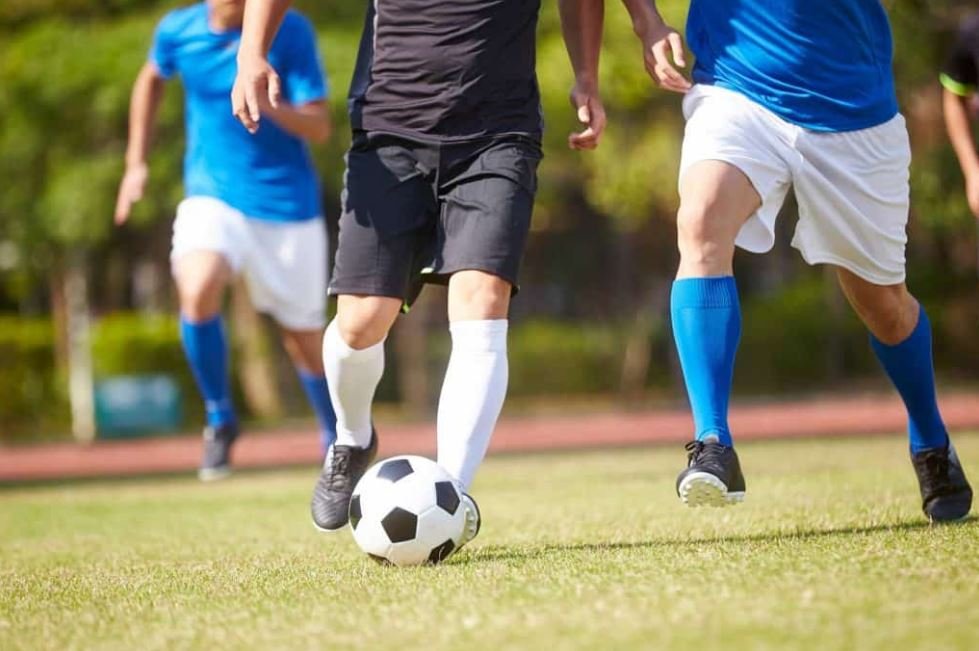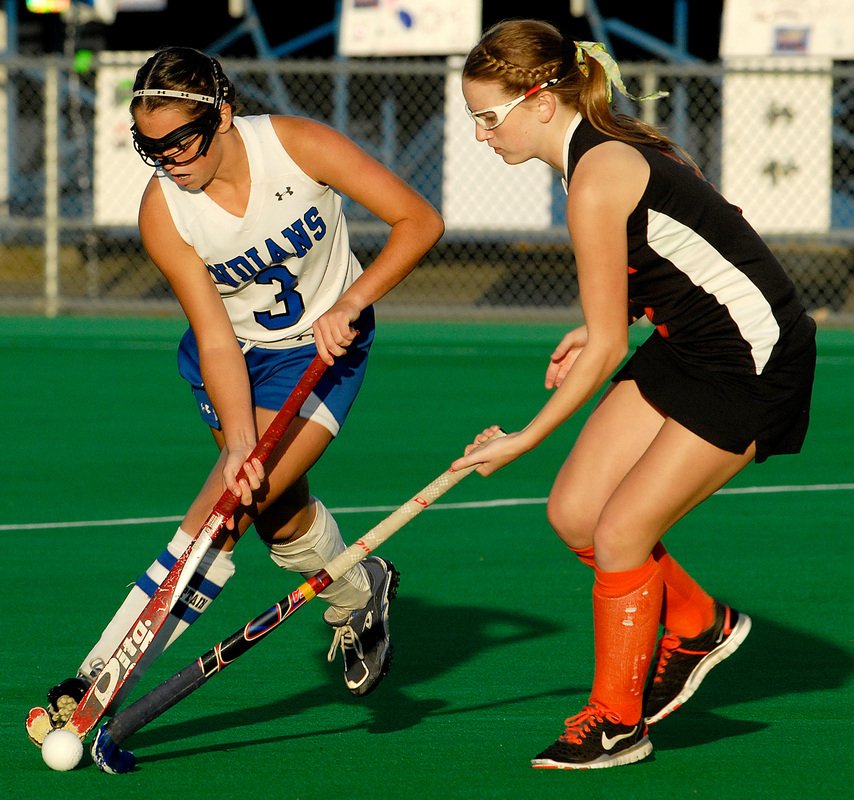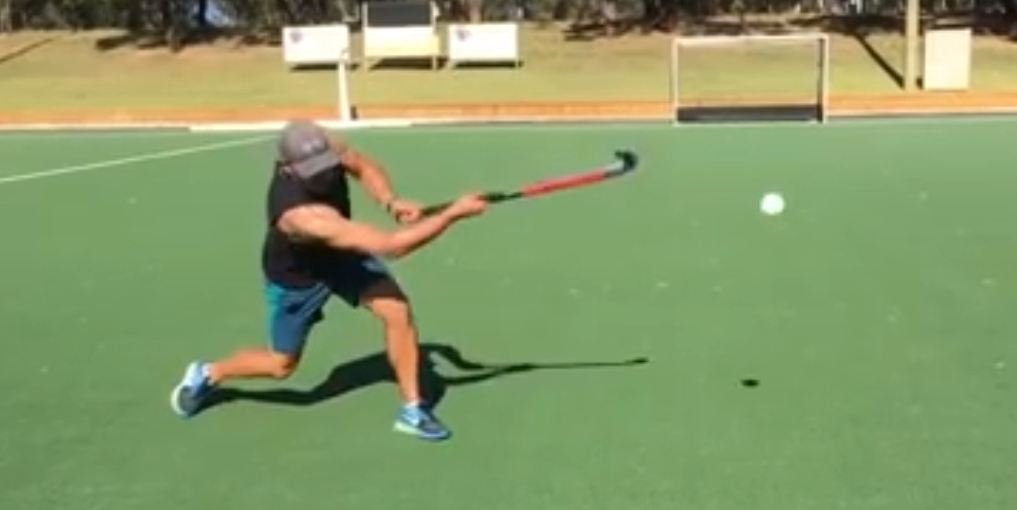As a passionate field hockey player and an avid fan of the sport, I’ve often encountered the question, “Can you dribble in field hockey?” This fundamental skill is crucial for navigating the field and outmaneuvering opponents.
In this article, we’ll delve into the rules of dribbling, its benefits, and how to enhance your dribbling prowess to become a more effective player.
Understanding the Rules of Dribbling
Dribbling in field hockey is the act of maneuvering the ball on the field while maintaining control. It’s a skill that requires agility, precision, and an understanding of the game’s rules. Unlike sports such as basketball, where dribbling involves bouncing the ball, field hockey dribbling is about using your stick to control the ball’s movement on the ground.
Can You Dribble in Field Hockey?
 Yes, you can dribble in field hockey, and it’s a vital part of the game. Dribbling allows players to advance the ball up the field, create scoring opportunities, and retain possession against defensive pressure. It’s a skill that players at all levels should develop to improve their overall gameplay.
Yes, you can dribble in field hockey, and it’s a vital part of the game. Dribbling allows players to advance the ball up the field, create scoring opportunities, and retain possession against defensive pressure. It’s a skill that players at all levels should develop to improve their overall gameplay.
Benefits of Dribbling in Field Hockey
- Enhances ball control and possession
- Facilitates offensive strategies and playmaking
- Improves the ability to evade defenders
- Creates space and scoring opportunities
Dribbling is not just about moving the ball; it’s about doing so effectively to gain a tactical advantage. Mastering dribbling can elevate your game and make you a more dynamic player on the field.
When Dribbling May Not Be Allowed
While dribbling is generally allowed, there are instances where it may be restricted by the rules. For example, you cannot use the rounded side of the stick, which is considered an illegal play. Additionally, you must not lift the ball dangerously or play it in a way that leads to a foul, such as obstruction or stick interference.
How to Improve Your Dribbling Skills
 Improving your dribbling skills requires practice and a focus on technique. It’s about developing a feel for the ball and learning how to move with it seamlessly.
Improving your dribbling skills requires practice and a focus on technique. It’s about developing a feel for the ball and learning how to move with it seamlessly.
Practice Drills for Better Dribbling
To enhance your dribbling, consider incorporating the following drills into your practice routine:
- Cones Dribbling: Set up a series of cones and practice weaving through them with the ball.
- Speed Dribbling: Dribble over a set distance as quickly as possible while maintaining control.
- Change of Direction: Practice changing direction swiftly while dribbling to simulate game situations.
These drills can help improve your agility, control, and speed, which are all essential for effective dribbling.
Key Techniques for Successful Dribbling
Successful dribbling in field hockey relies on several key techniques:
- Low Stance: Keep a low center of gravity for better balance and control.
- Soft Touch: Use gentle touches to keep the ball close to your stick.
- Quick Feet: Move your feet quickly to adjust to the ball’s movement and defender’s position.
- Vision: Always be aware of your surroundings to make smart dribbling decisions.
By focusing on these techniques, you can become more proficient at dribbling and more valuable to your team.
What are the two types of dribbling used in field hockey?
The three primary field hockey dribbling techniques are explained: a controlled dribble, a reverse dribble, and a method for breakaways.
Conclusion

In conclusion, dribbling is an integral part of field hockey that every player should master. It allows for greater control, strategic play, and the ability to influence the game’s outcome.
By understanding the rules, practicing diligently, and employing key techniques, you can answer the question “Can you dribble in field hockey?” with a resounding “Yes, and I can do it well!” Embrace the challenge of improving your dribbling skills, and watch as your game reaches new heights.
